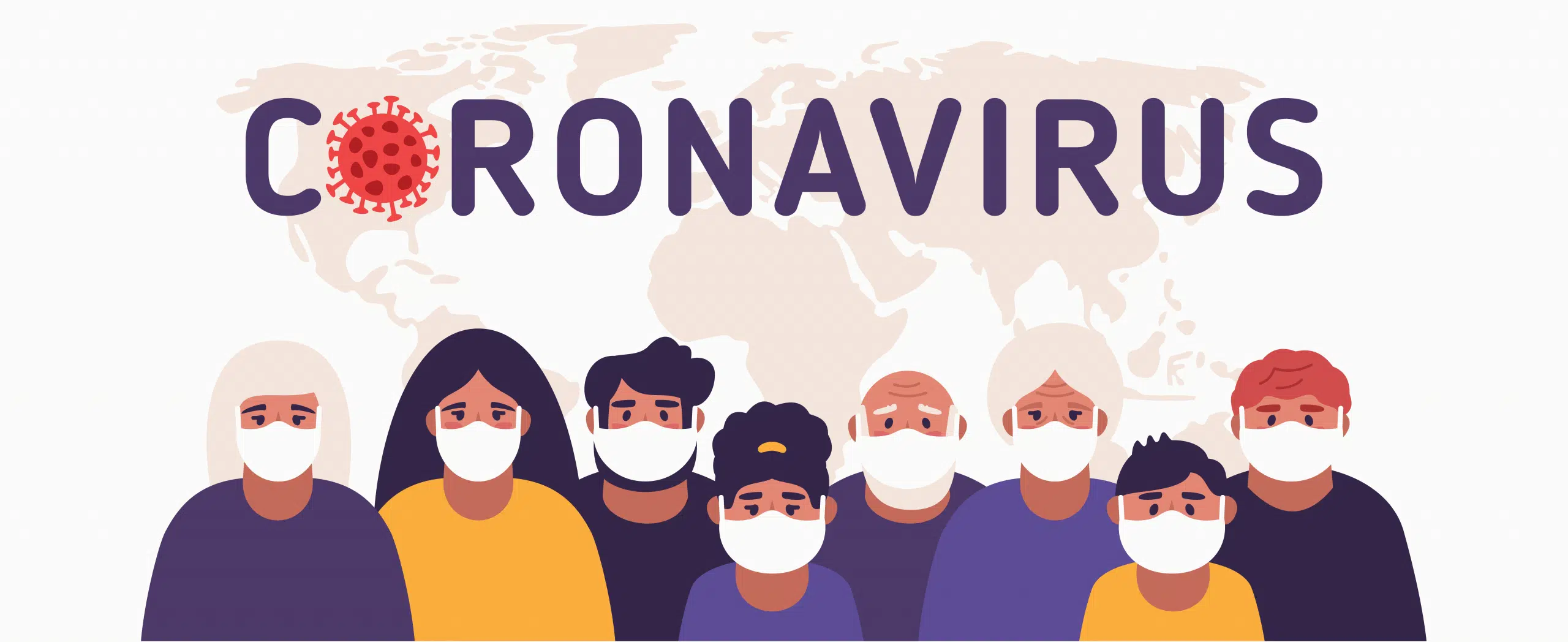(Seguin) — The Texas Department of State Health Services helped to answer a couple of questions that were raised during an emergency meeting of the Guadalupe County Commissioners Court. Guadalupe County currently has no confirmed cases of the virus.
Sammy Sikes is the emergency preparedness and response manager for TDSHS Region 8 office in San Antonio. Sikes answered a question from Precinct 1 Commissioner Greg Seidenberger, who said that he heard from a constituent who had been in Houston recently. There are a number of cases being reported there now, and they wanted to see if it was necessary for them to self-quarantine now that they are back here in Guadalupe County. This person had no symptoms, and Sikes says it’s not likely that they were exposed.
“We don’t want everybody to automatically start self quarantining. The chances of them contracting COVID-19 if they were in the same building as another person that was positive and most of the time very low. You have to remember that this is a droplet virus so a productive cough must be present and you must be within — closer than six feet of a person even to catch that virus. That’s why we practicing social distancing and most people aren’t really in close contact for that long in a period to contract the disease,” said Sikes.
Now if the person who was traveling visited a specific location where they might have come in contact with the virus, Sikes says they have a pretty good method in place to track those people down so that they know about the potential contact.
“All epidemiologists not only here but all over the state and US do what we call contact tracing and so if they do have a positive individual that will trace back where that individual has been, who that individual has been in contact with and they do that relatively quickly so if a person was identified as a having a close contact with a positive individual, those people will be notified enough to self-quarantine or self-monitor and do daily temperature checks and be asked to report those back to their local health department and or the region as it would be in (your) case,” said Sikes.
Sikes also responded to questions about the 14-day number that’s often quoted when officials discuss quarantine periods. He says that 14-day really is the time that it would normally take for symptoms to show up in someone who was suspected of having the virus.
“All the science is showing that the development of symptoms from COVID-19 usually develops between 5 and 12 days from what they had seen after a potential exposure. The longest period being at 14 days so we ask people to self monitor or quarantine for those 14 days to make sure that no signs or symptoms have developed and if after that time, that shows that they do not have the virus. So, it’s basically just science right now from all the case studies that they are looking at,” said Sikes.
Now the quarantine period might be longer for people who actually have the disease. He says they want to make sure those people are virus-free before they go back out into the public.
“In the beginning, we were trying to get two consecutive negative tests. As we are seeing more and more individuals with the disease, testing is very limited so we are advising people of that 14 days or until you no longer have signs and symptoms — fever, cough — any of those symptoms. Then, at that time, the virus should be gone and again, we don’t have the luxury right now with the low amount of testing kits that we have to be able to test everyone for two double negatives so sometimes, it’s longer than 14 days. It depends on the individual and again, that’s if they are positive. In Layman’s terms basically, you just have ride it out if you are healthy enough and don’t require hospitalization,” said Sikes.
Commissioners also raised questions about testing. Testing is being conducted on a limited basis around the state, and the court wanted to know how quickly those results were being turned around.
“Our laboratory response network lab that is actually here in the city of San Antonio, they get tested every day. I’m sure any of you have seen in the news and have heard about the drive thru so they are constantly receiving tests in not only from those but from private doctors’ offices and now, some private labs as well. Depending on where those specimens go, we are used to seeing pretty quick turnarounds of 24 to 48 hours. Sometimes if they get a heavy workload, we are seeing a little longer. In the beginning, it was a lot longer because those tests had to go up to the Center of Disease Control in Atlanta so shipping time, testing time by the time we got it back was longer but usually now it’s within 24 and 48 hours that we are getting tests results back,” said Sikes.
Sikes was not initially scheduled to be part of the meeting but the Guadalupe County Emergency Management Office was able to conference him into the meeting so that more questions could be answered.
State Health Department official answers questions about COVID-19





